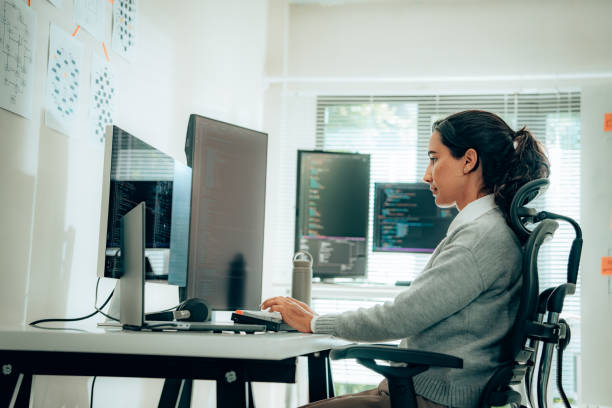AI-generated images and manipulated visuals have completely transformed the digital world. Even though artificial intelligence has opened doors to new avenues of creative pursuit, it has also made image manipulation sophisticated enough to be highly advanced. Now, AI creates images that look extremely real or alters existing images to suit specific needs. Such scenarios have given rise to major concerns in sectors such as journalism, law enforcement, and digital marketing, which heavily rely on authenticity.
Differences can be drawn regarding original images or images manipulated via AI or editors with the likes of Photoshop. The advanced level of techniques deployed in the assessment is a daunting challenge to determining manipulated content from original content against the increasing rise of accessibility among editing tools today. This work explores methods from Photoshop image detection by ensuring authenticity today in visual imagery and trust remains.
Contents
Understanding AI-Generated Images
AI-generated images are created using neural networks that synthesize visuals with uncanny realism. Techniques like GANs (Generative Adversarial Networks) drive these creations, producing lifelike visuals that often mimic real-world photography. These images are used in various fields, from advertising to entertainment. However, their realism poses challenges, especially in verifying their authenticity. A Photoshop detector or image Photoshop detector online can help identify signs of editing, ensuring that AI creations remain distinct from reality.
Identifying Common Signs of Manipulation
Detecting manipulated images requires attention to subtle details. Some key indicators include:
Lighting Inconsistencies: Shadows and highlights sometimes do not approximate natural conditions for AI-edited images.
Blurry Edges: AI manipulation may create edges that are not clear or too smooth.
Unnatural Patterns: Irregularities in backgrounds or repeated textures can hint at editing.
With Photoshop detector tools, analysts can detect these more effectively. They are very helpful in detecting alterations that have been done through the popular software like Photoshop, and it is often hidden.
How Photoshop Detectors Work
Photoshop detectors scan for inconsistencies in pixels, layers, and metadata in images. Tools like an image Photoshop detector online can analyze the digital footprint of an image to find signs of tampering.
Metadata Analysis: Each photo contains metadata; this is data regarding the gadget applied and any adjustment done. Images with manipulated changes have altered or lost metadata.
Pixel-Level Investigation: AI-enabled tools probe for pixel-level details, finding the differences that naked-eye observation might have overlooked.
Layer Detection: Most often in Photoshop image detection, unusual layers or blending errors are searched that point towards a manipulation.
These processes empower users to ensure image authenticity, especially in journalism and legal investigations.
Photoshop Image Detection Online
The rise of online tools for detecting Photoshop images has simplified the process of verifying visuals. These tools are designed to be user-friendly and accessible, making them suitable for both professionals and everyday users.
AI Integration: Numerous online image detection tools utilize AI algorithms to improve the accuracy of their findings.
Real-Time Scanning: These detectors can analyze images swiftly, providing immediate results.
Comprehensive Reports: They offer in-depth insights into potential manipulations, including editing history and identifying inconsistencies.
Such tools play a crucial role in confirming the authenticity of visuals found in social media, advertisements, and various other digital content.
Practical Applications of AI Image Detection
It has many applications: accurate detection of AI images
Journalism: Ensures that published visuals represent reality, combating fake news.
Legal Evidence: Proves the legitimacy of photographic evidence in court.
Social Media: Prevents the spread of altered images that can mislead viewers.
Integration of Photoshop image detection tools has proved to be quite crucial in the maintenance of trust in digital media, thus enabling organizations to uphold transparency and accountability.
Enhancing Detection Accuracy
As AI improves, detection methodologies should also keep improving. So to improve detection accuracy:
Combine Multiple Techniques: Use Photoshop detectors in conjunction with forensic analysis to authenticate the image’s authenticity completely.
Stay Updated: Whenever Photoshop and AI technologies evolve, update the tools for detection that can deal with new manipulation methods.
Educate Users: Train people to be able to recognize manipulation will only strengthen overall efforts to maintain digital authenticity.
These practices ensure that the growing presence of AI-generated images does not compromise trust in visual media.
Conclusion
It has become even more important to discern the real picture from a created one with the advent of AI and the reshaping of the digital world. Technologies such as the detection of manipulated pictures in Photoshop or online manipulative analysis tools greatly contribute to digital content integrity. With technology on one’s side, awareness helps both individuals and organizations to tackle issues arising due to AI-generated pictures and maintain confidence in this world of digitization.
